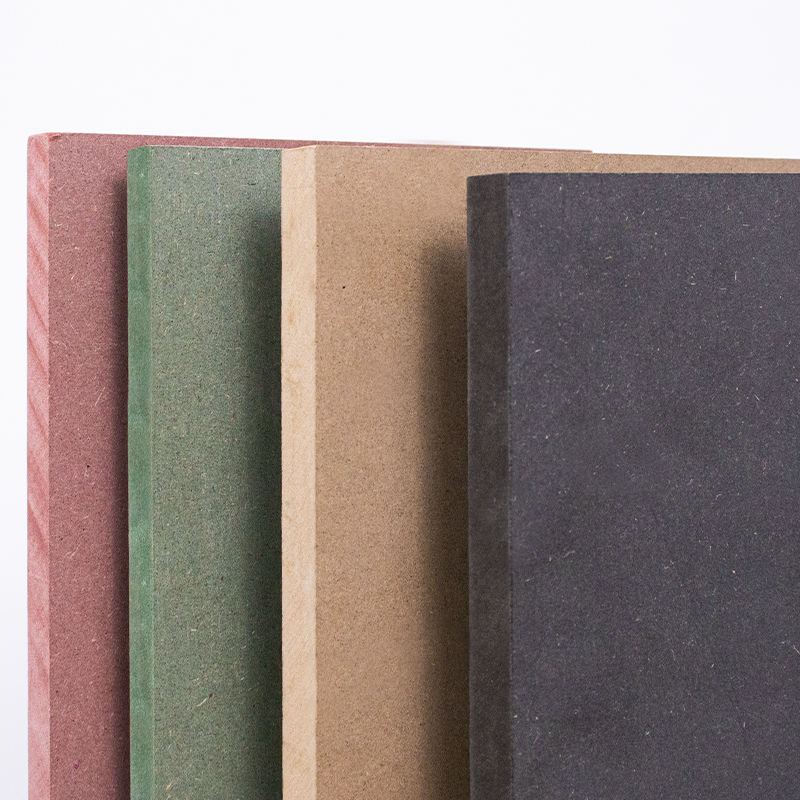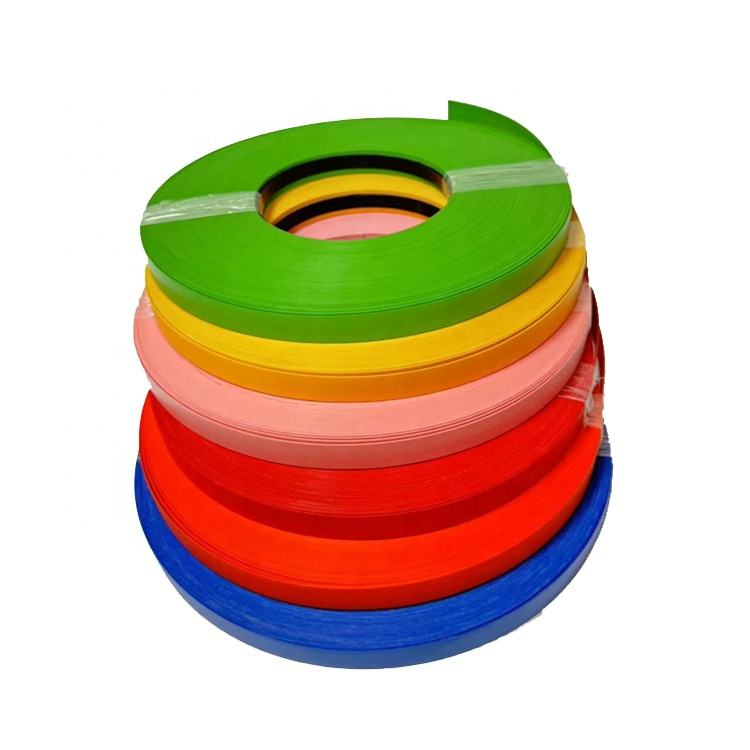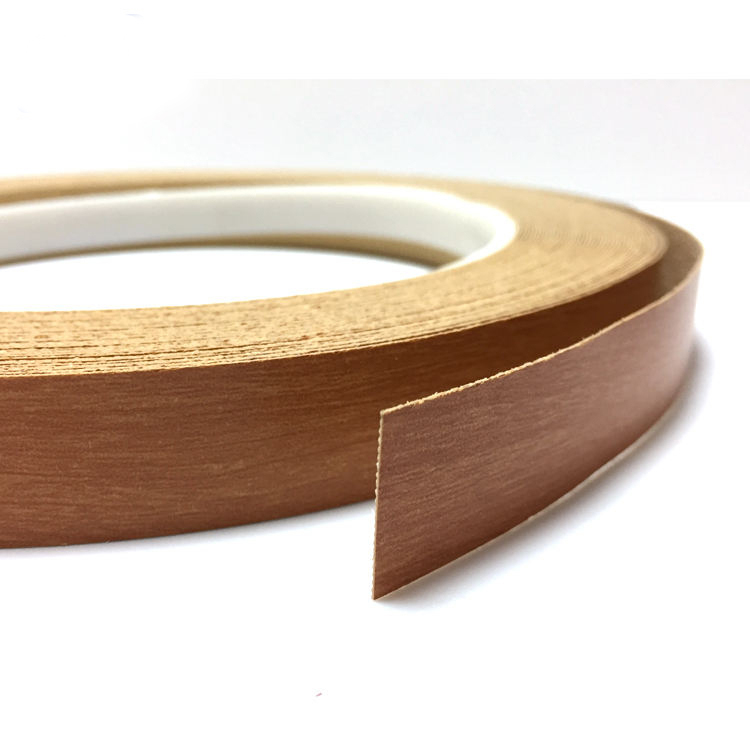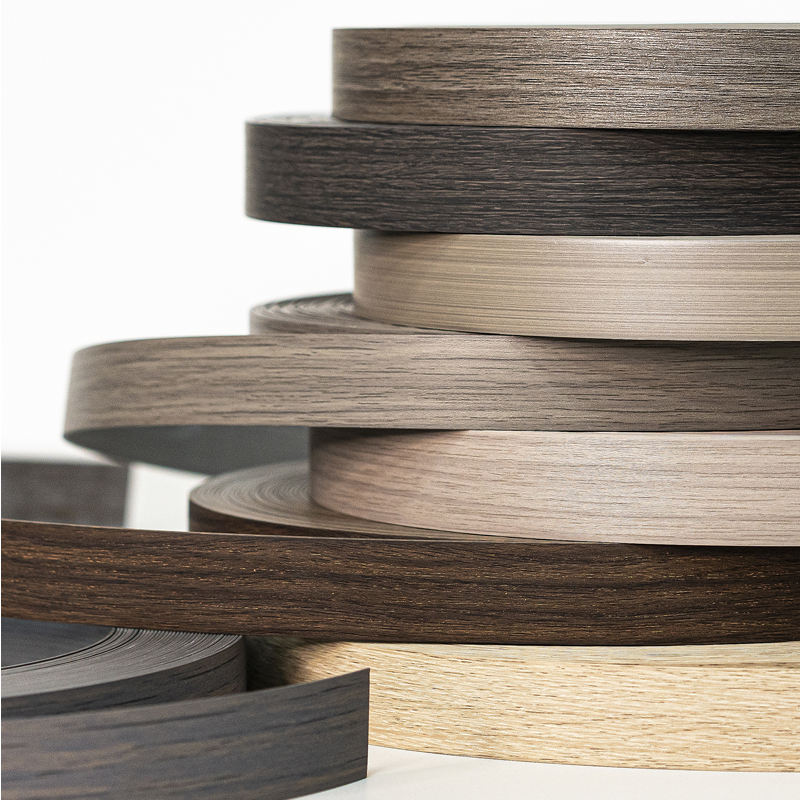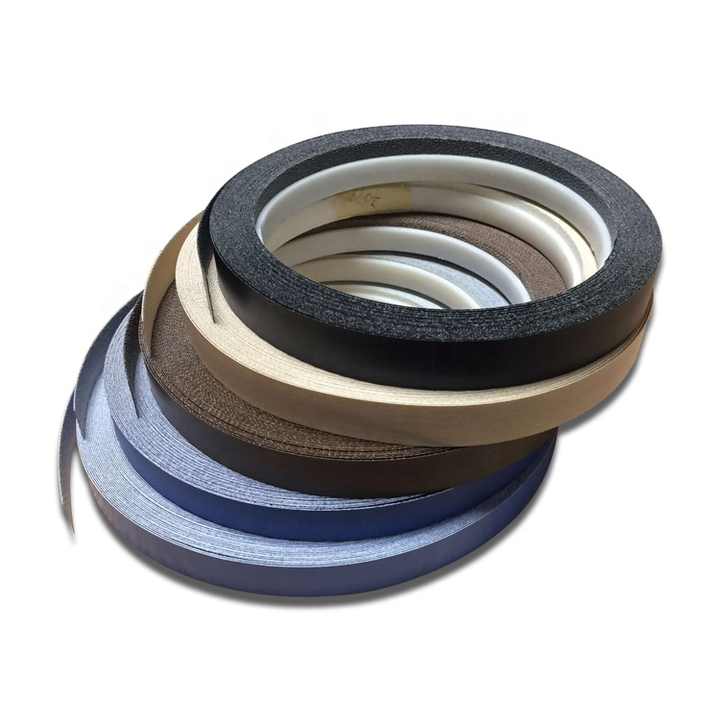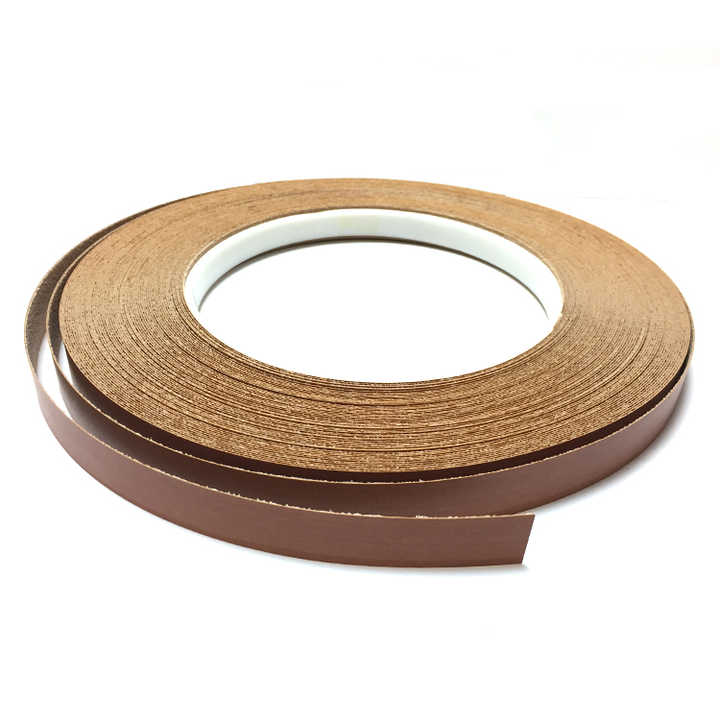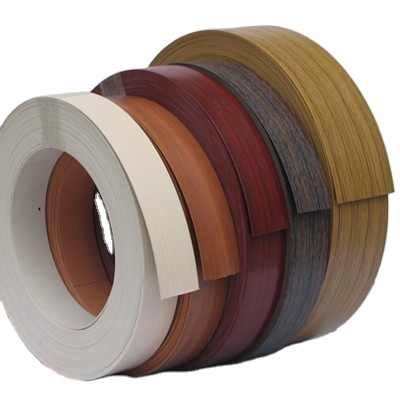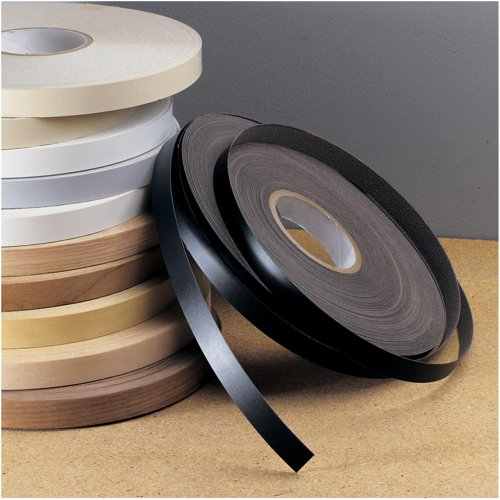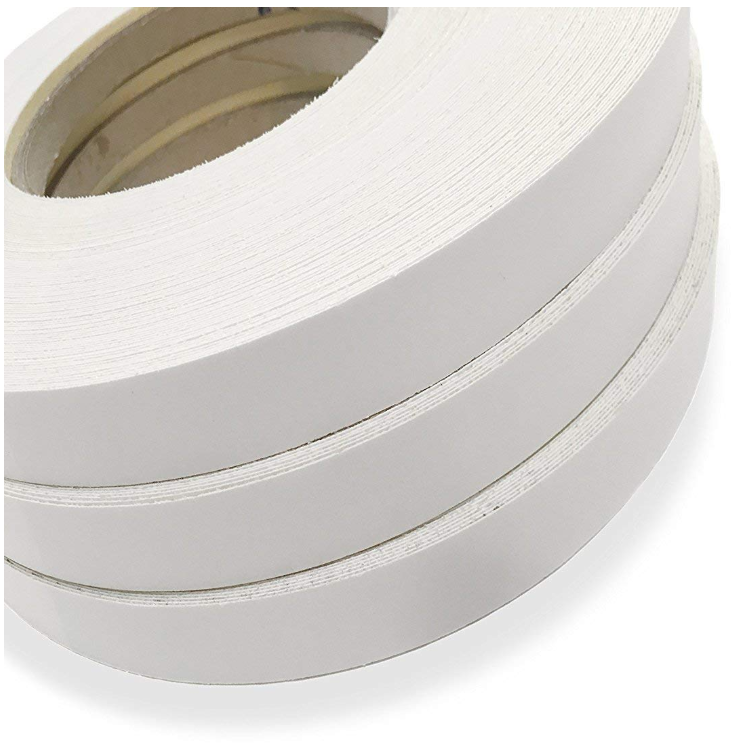Melamine is a popular material in cabinetry, furniture, and panel production due to its smooth surface, durability, and affordability. However, when it comes to bonding materials like epoxy to melamine, many fabricators and DIYers encounter challenges. So, will epoxy stick to melamine? The short answer is: not easily, but it can — with the right […]
Tag Archives: melamine edge banding
Selecting the right melamine edge banding is crucial for achieving a professional finish in your woodworking projects. Here are some key factors to consider when making your choice: Thickness: The thickness of the edge banding should match the material you’re working with. Common thicknesses range from 0.4mm to 3mm. For a seamless look, choose a […]
Applying melamine edge banding using an iron is a common and effective method for achieving a clean, professional finish on furniture or cabinetry. However, getting the right iron setting is crucial to avoid damaging the melamine or the underlying material. Here’s what you need to know about selecting the correct iron setting for melamine edge […]
Melamine edge banding is an essential component in woodworking, offering a sleek and durable finish for furniture and cabinetry. Whether you are a professional carpenter or a DIY enthusiast, knowing where to buy high-quality melamine edge banding can make a significant difference in your projects. This guide will help you find the best sources for […]
Using melamine edge banding effectively can greatly improve the appearance and durability of furniture and other wood-based projects. Here’s a guide on how to use melamine edge banding, which you can adapt for your website’s blog or instructional content: How to Use Melamine Edge Banding: A Step-by-Step Guide Melamine edge banding is a popular choice […]
Trimming melamine edge banding is a crucial step to achieve a clean and professional finish on your furniture or woodworking project. Melamine edge banding is commonly used to cover and protect the exposed edges of melamine-coated particleboard or MDF. Here’s a guide on how to trim melamine edge banding: Materials and Tools Needed: Melamine Edge […]
Melamine and PVC are two different materials commonly used for edge banding in woodworking and furniture manufacturing. Each material has its own set of characteristics, advantages, and considerations. Here’s a comparison between melamine and PVC edge banding: Melamine Edge Banding: Material: Melamine edge banding is made from resin-impregnated paper that is thermally fused to a […]
Installing melamine edge banding involves applying a thin strip of melamine material to the exposed edges of a substrate, typically made of particleboard, MDF (medium-density fiberboard), or plywood. The edge banding serves to protect the edges and create a finished, cohesive look. Here’s a step-by-step guide on how to install melamine edge banding: Tools and […]
The thickness of melamine edge banding can vary, but it is commonly available in thicknesses ranging from 0.5mm (millimeters) to 3mm. The choice of thickness depends on the specific application and the edge profile you are looking to achieve. Here are some common thickness options for melamine edge banding: 0.5mm to 1mm: Thin melamine edge […]
Melamine, when exposed to water or moisture, can experience several adverse effects, as it is not naturally moisture-resistant. Here’s what happens to melamine when it gets wet: Swelling: Melamine is a porous material, and when it absorbs moisture, it can swell. This swelling can lead to changes in the dimensions of the melamine surface, causing […]
- 1
- 2

